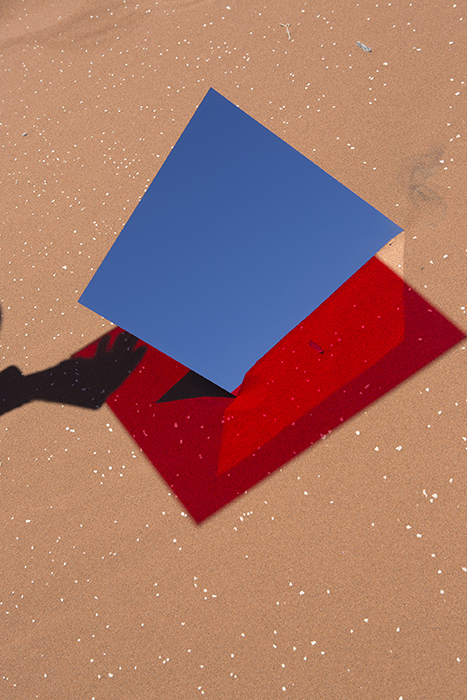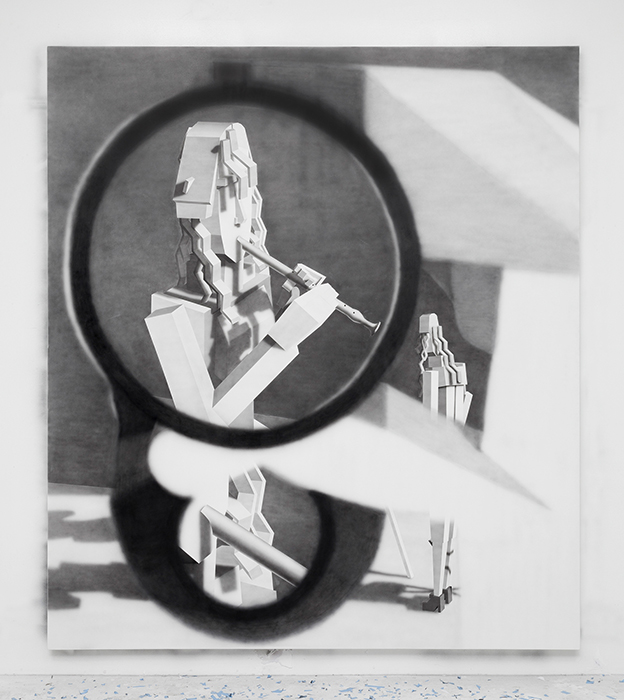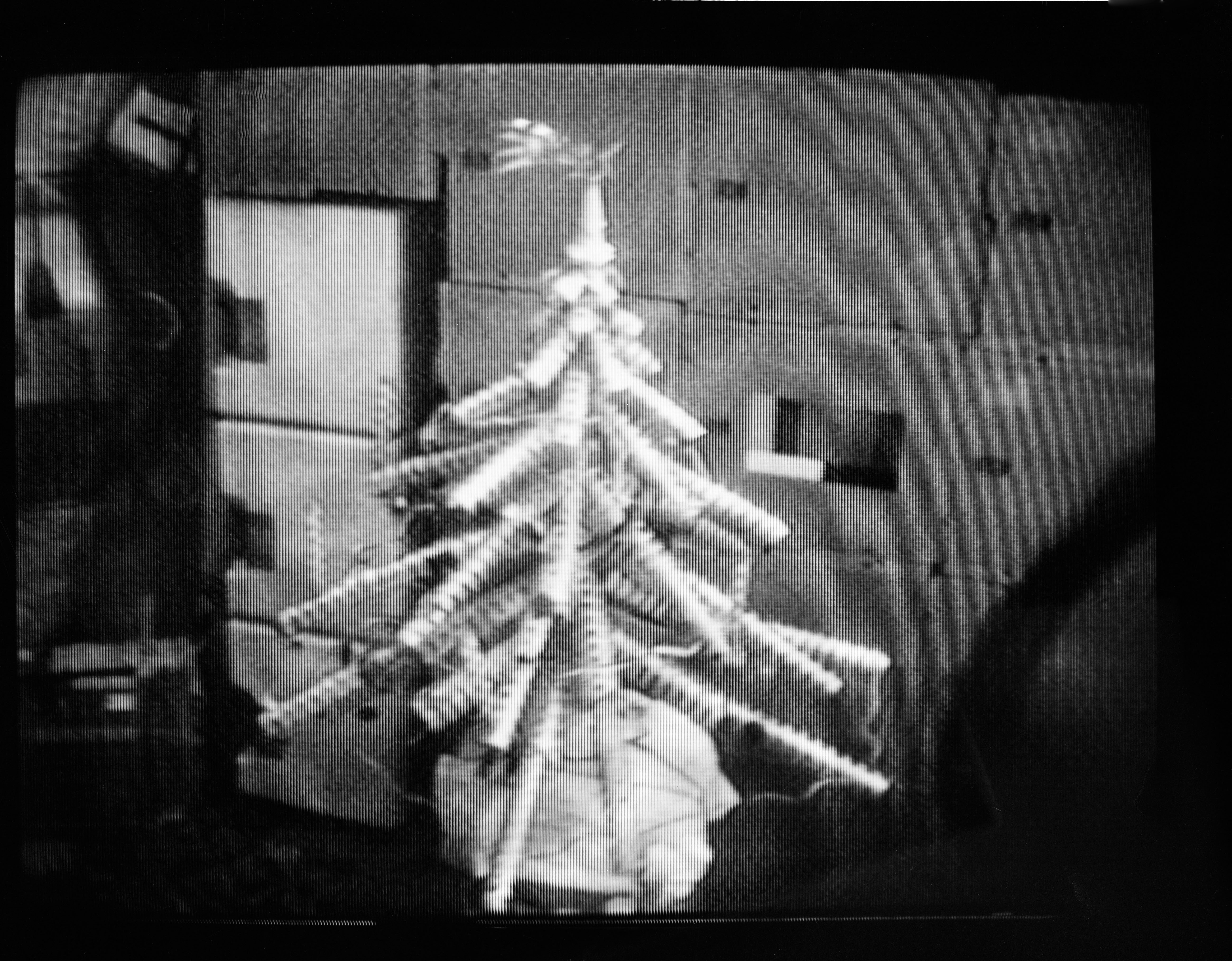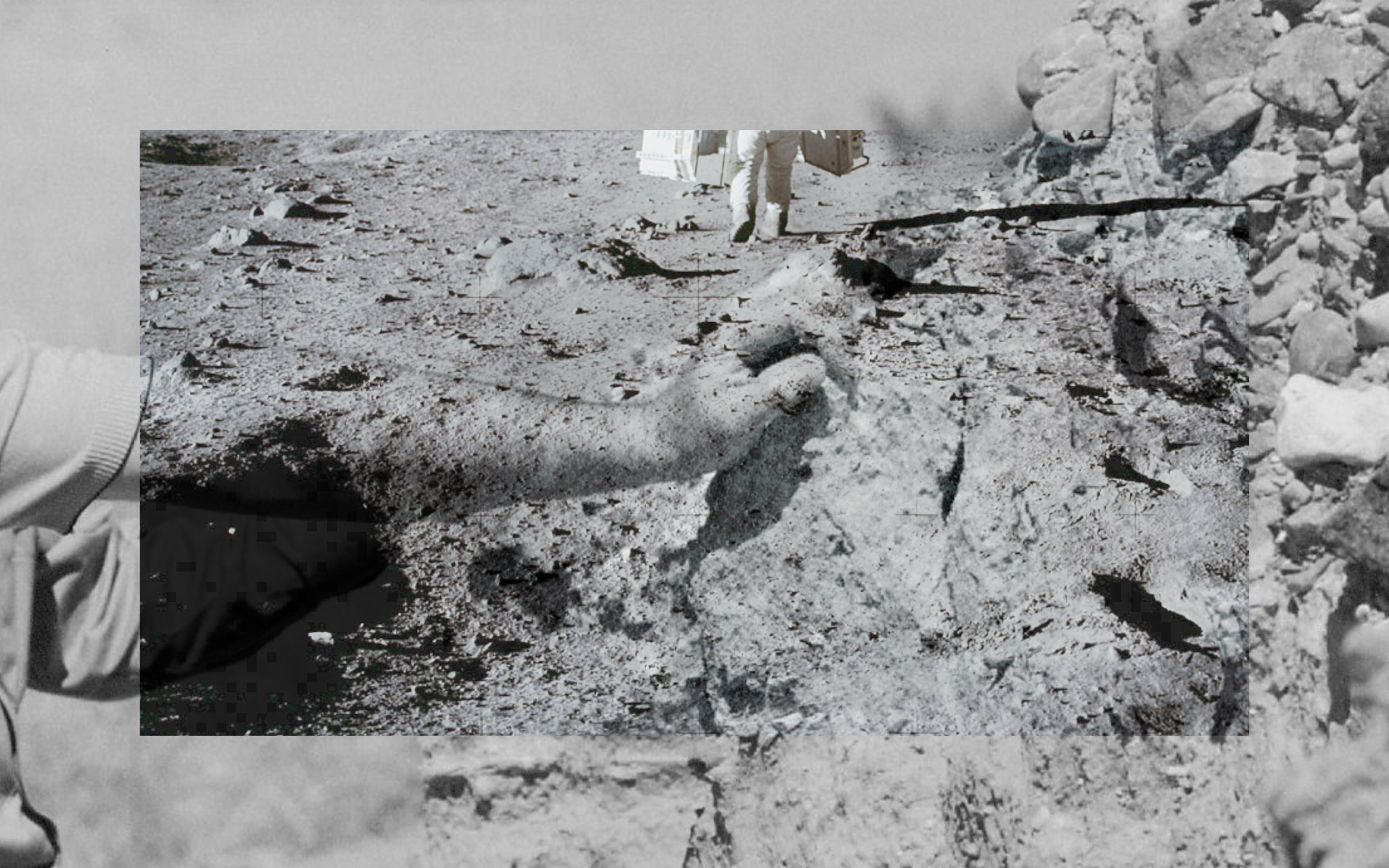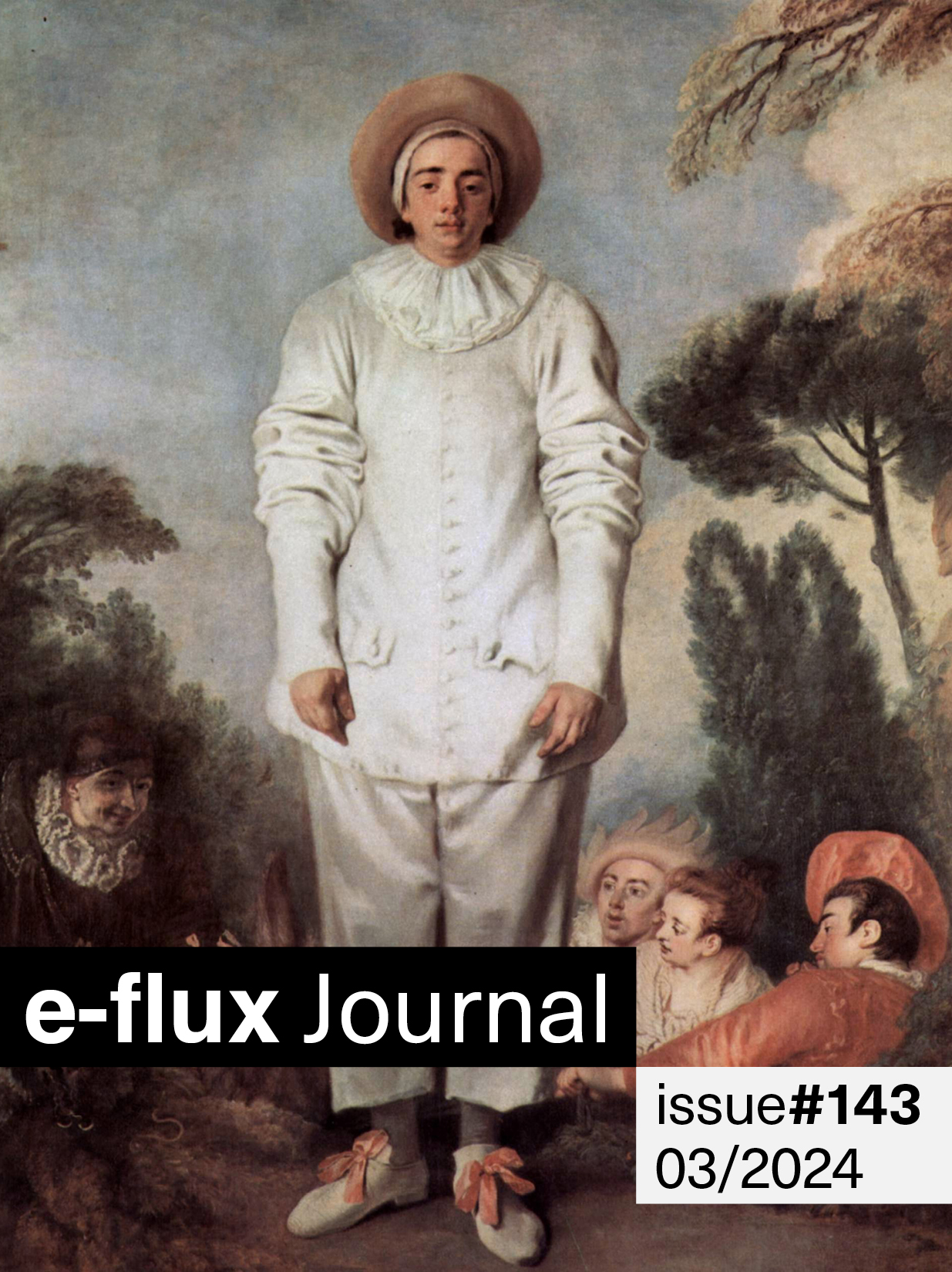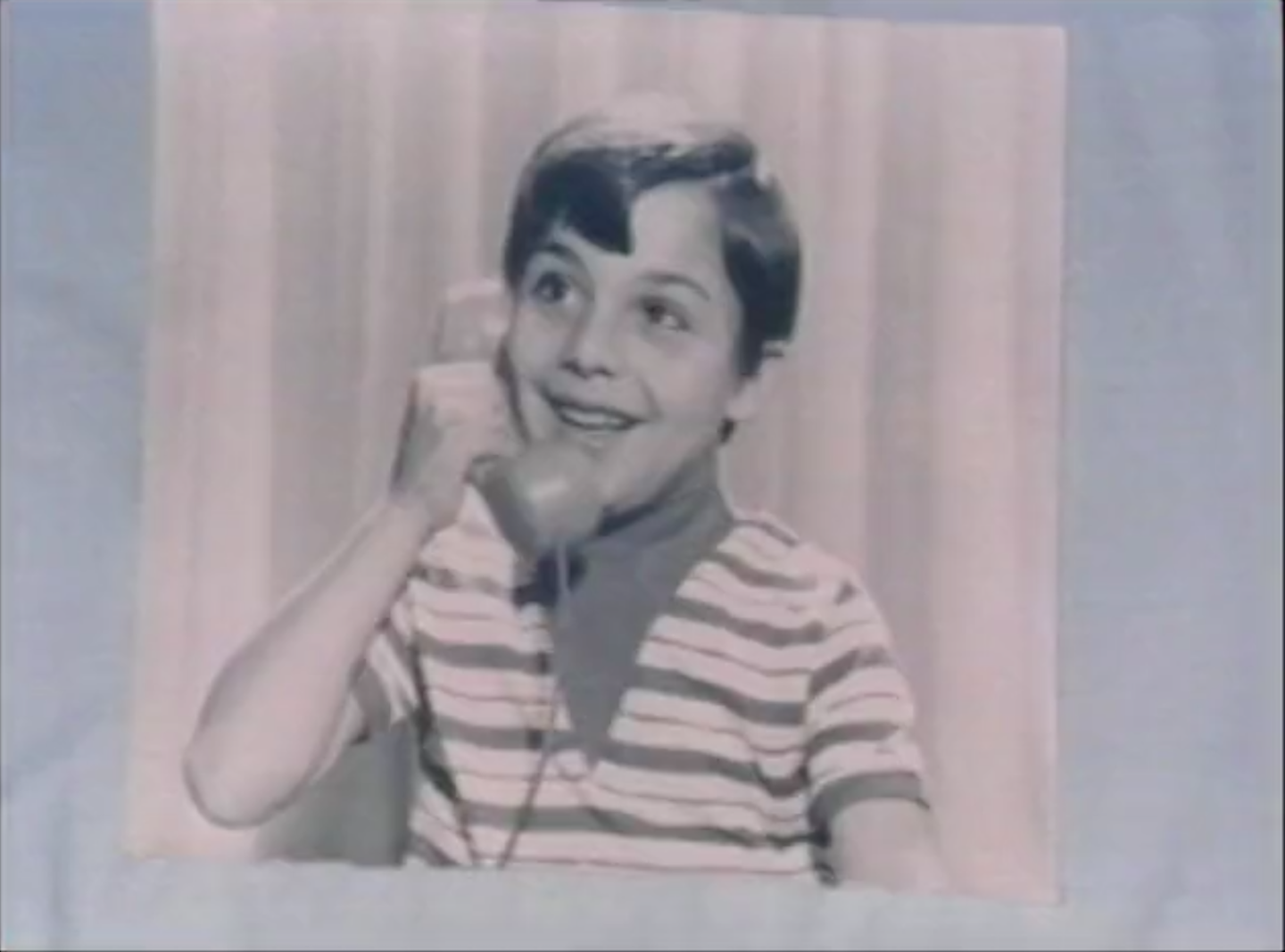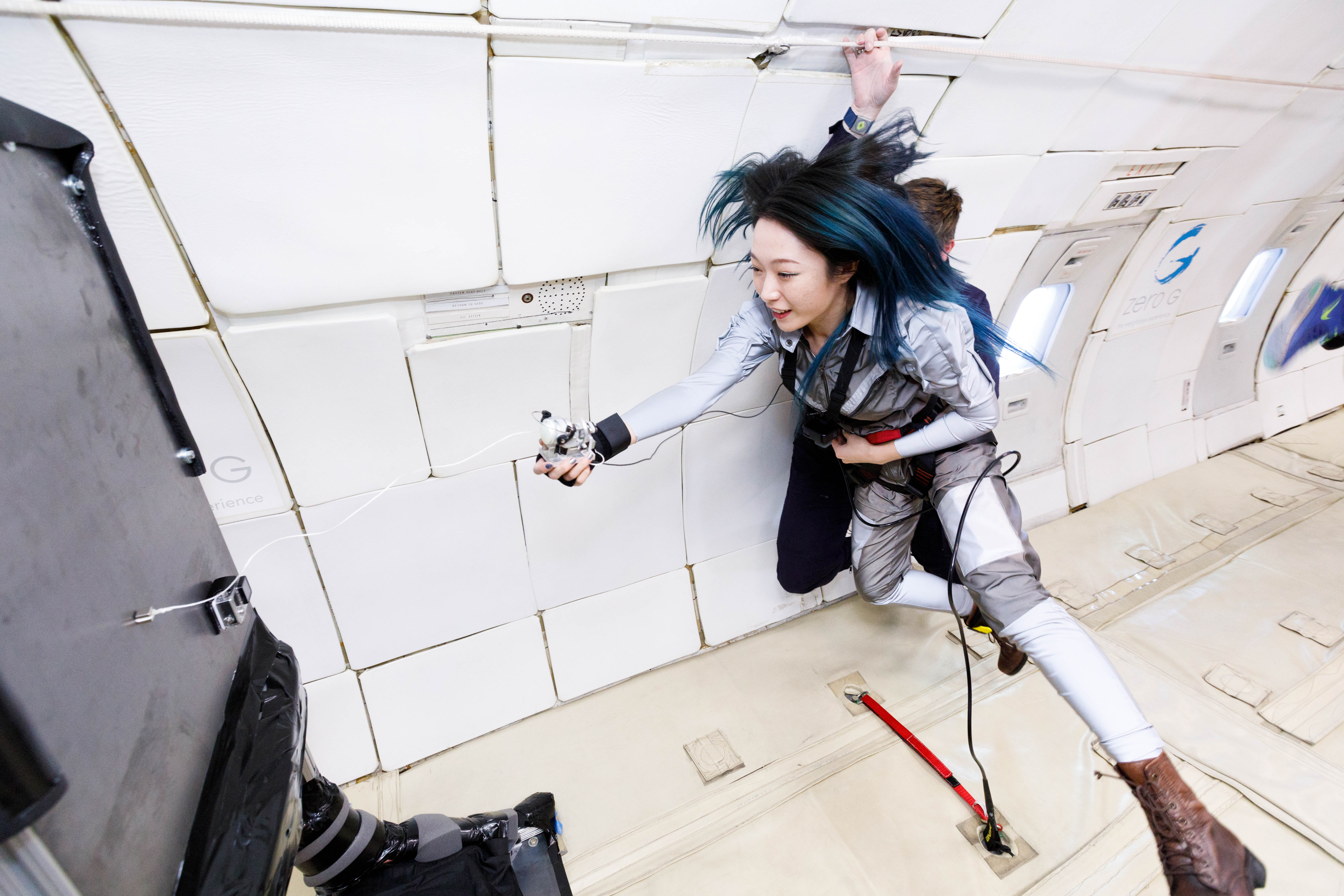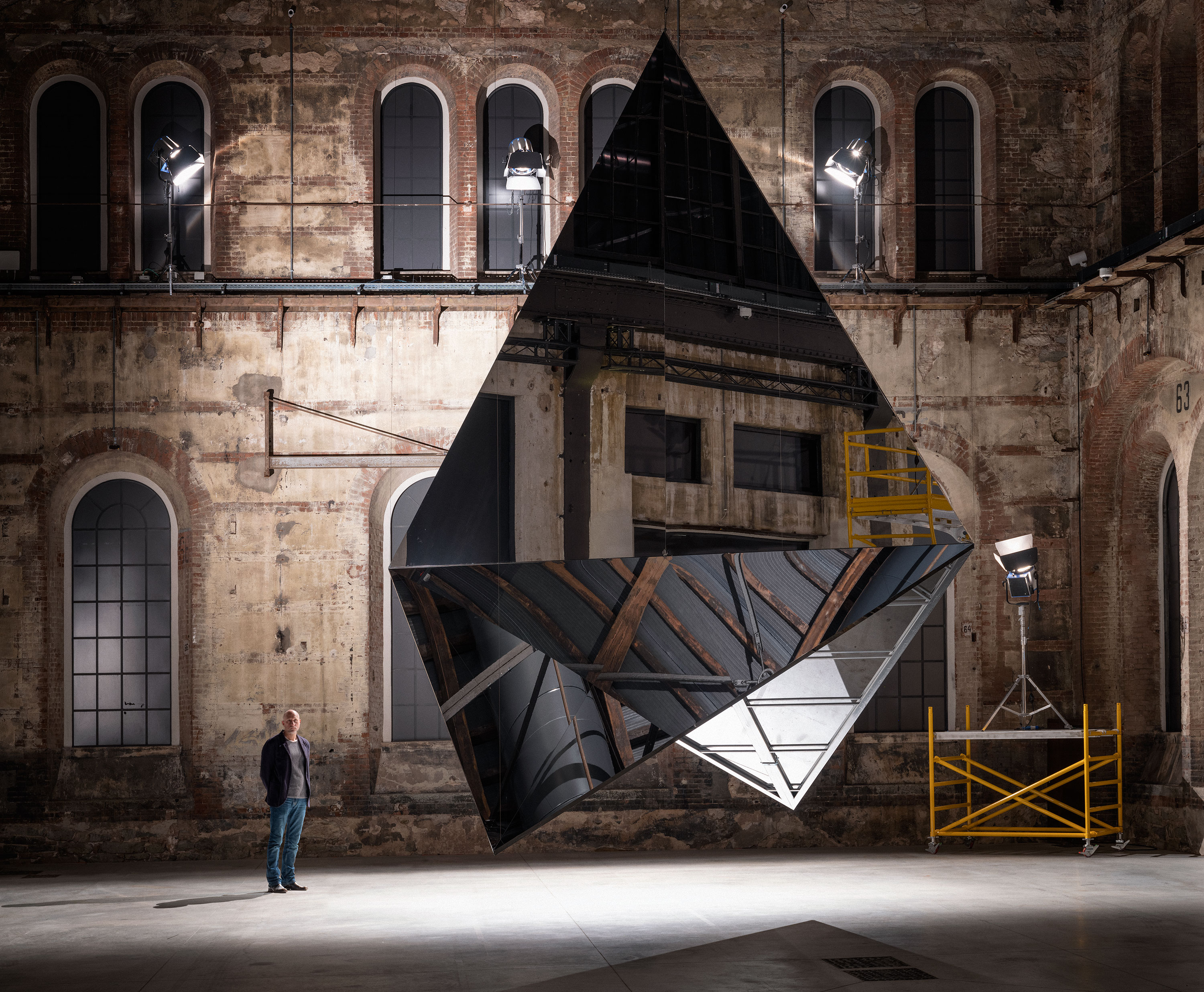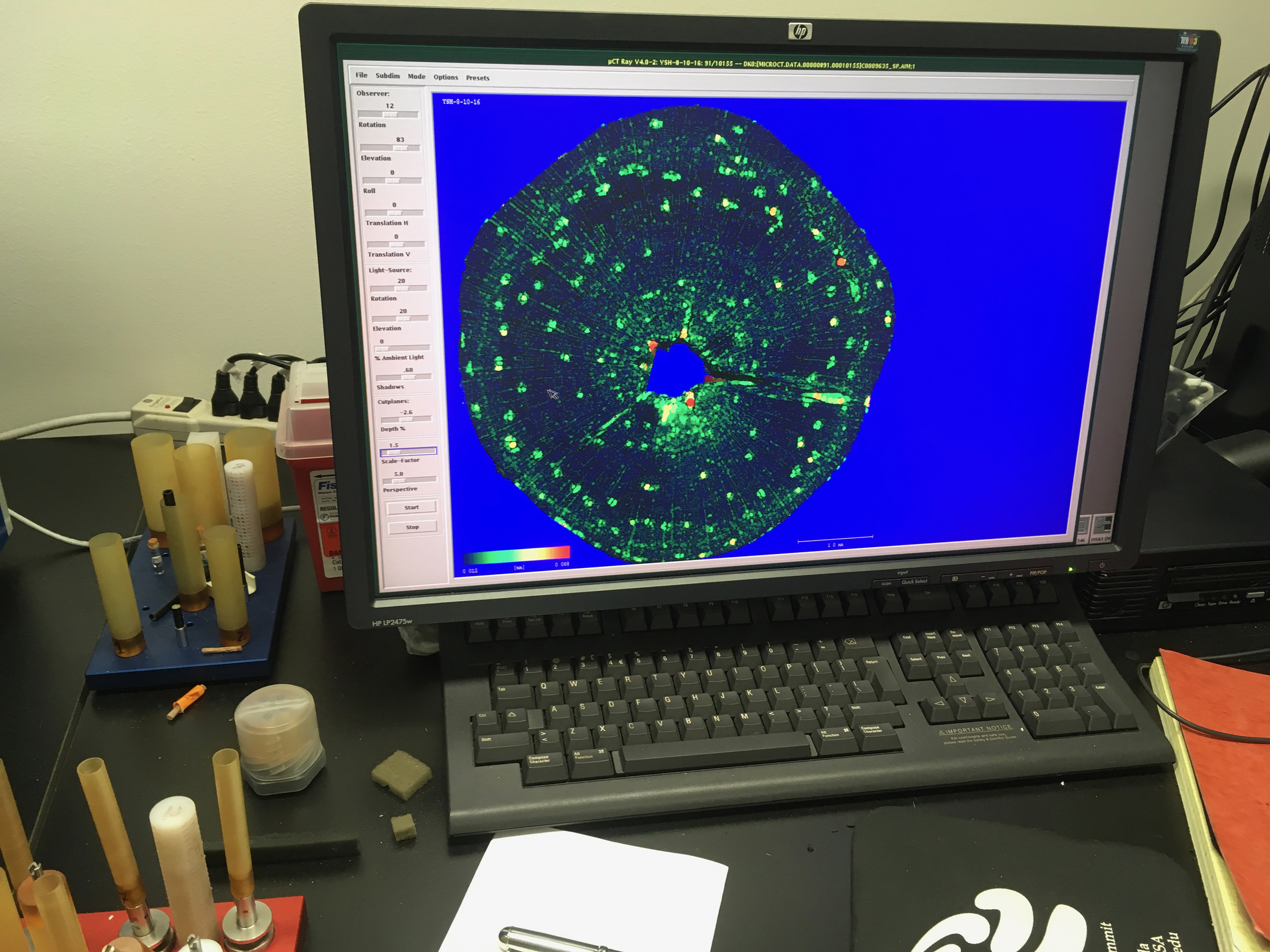May 9–12, 2014
A rather Duchampian vignette set the tone for my visit to this year’s Frieze New York, the third edition of the London-import fair that takes up residence in an airy custom tent on Randall’s Island, the East River stopover noted both for its athletic fields and psychiatric asylums. In the first booth I visited, of the Lower East Side gallery Ramiken Crucible, two dealers were seated at a small table, attempting to play a game of chess. Their progress was impeded, however, by the constant stream of interested parties inquiring about the works they had on display: a lush series of cast-aluminum panels, uniform in size but varied in surface and color, by Alberta-born, New York-based artist Elaine Cameron-Weir. The panels have the archeological quality of relics from the future, alternately evoking bars of gold bullion, the remnants of some unknown spacecraft, or fossilized color field paintings.
But the chess game, in spite of it being an obviously cheeky gesture, seemed significant, as it points to how completely internalized certain motifs of twentieth-century modernism have become, but also reminds one of the important role that chance encounters still have to play in contemporary art. In the regimented world of art fairs, not much is left to chance, but then there’s always the weather. The dampness and drizzle in New York made the ferry ride to Randall’s Island for Frieze far less appealing than in years past, and so I found myself being dropped off at the south entrance of the pavilion by a school bus instead. The clouds may have also affected the jovial “fair-ness” that Frieze typically enjoys, and all of the extras (the Talks, food stands, freebie magazines, marginally comfortable sitting areas, and even the ancillary Frieze Projects artists’ commissions) seemed to recede into the background. What stands out is the art, and compelling work by many newcomers and new discoveries enlivened the atmosphere.
For starters, Bogotá’s Galeria Casas Riegner is featuring three generations of Colombian artists in their booth: Miguel Ángel Rojas (b. 1946), Johanna Calle (b. 1965), Leyla Cárdenas (b. 1975). All three artists are working along the border between the poetic and the political, but for me it was Calle’s text-based drawings that really stood out. Her Lecciones (2007) is a superimposed, double transcription of Franz Kafka’s novel The Trial (1925), written first from left to right and then again from right to left. Meanwhile, the pale blue lines the text is written on look as though they are lifting away from the page at the edges, just as any notion of justice slips away from Kafka’s protagonist. At the booth of São Paulo’s Casa Triângulo, young Brazilian artist Yuri Firmeza is debuting a new series called “Ruin Project” (2014). His starting point is the ruins of aristocratic palaces in the northeastern Brazilian town of Alcântara. These structures were built in anticipation of beloved Emperor Dom Pedro II’s visit in the nineteenth century, but fell quickly into decline after he failed to appear. Firmeza’s vibrant photographs of the palaces are juxtaposed with cool, white architectural models of high modernist buildings, fractured by mathematically calculated depictions of future disintegration. Nearby, an official promotional video for building projects planned for Rio de Janeiro’s upcoming Olympics and World Cup events runs on a flatscreen monitor, suggesting that architectural history might repeat itself.
Lowercase-loving galleries greengrassi from London, and gb agency from Paris, are each featuring post-World War II artists who employed fantasy as a strategy against political repression. Among the pop-surrealist collages, drawings, and paintings from the 1950s to the 1970s by five different Japanese artists on view at greengrassi, the work of manga-influenced artist Tiger Tateishi is worth noting for its joyful wackiness. His trio of rainbow-colored drawings mounted on kitschy-yet-traditional scrolls depict the moon eclipsing into a necklace, unfurling into a spiral, or turning (with help from some flower-spewing moon men) into a festive beach ball. The outer-space theme continues at gb agency, where half of their booth is devoted to the work of the Slovakian conceptualist Július Koller (1939–2007). In the chilled atmosphere of Bratislava—after the brief thaw of the Prague Spring—Koller made simple, quietly defiant gestures of protest. Many of them centered around wordplay and the all-purpose acronym U.F.O., which, for Koller, could stand for “Universal Fantastic Occupation,” “Utopian Flash Operation,” or any number of other optimistic actions or slogans.
Another moment of levity and breath of fresh air is in the Frame section for young talents and galleries, where Clages from Cologne is showing the fairy tale-inflected work of Claus Richter. His Toyshop (2014), made of wooden jigsaw shapes covered in colorful faux leather, combines the world of playthings with the pressures of everyday life, where longing and one-upmanship are more often the rule. In one poignant section, a mouse perched on a trashcan looks wistfully in on the glowing toyshop window, while on the opposite side, another, apparently wealthier, mouse gazes at the moon that is out of her reach.
Elsewhere I was happy to see solo booths dedicated to artists whose work I have been following for the last few years: Viviane Sassen, a photographer from Amsterdam who makes her work mainly in East Africa, and the Scottish artist Charles Avery, whose work has been exclusively devoted to the ongoing story of a fictional island and its inhabitants. Sassen’s work was on view at Stevenson, a gallery with spaces in both Cape Town and Johannesburg. Several of her elegantly stylized photos of human figures are here, along with a new series called “Axiom” (2014) that uses mirrors, colored Plexiglas, and desert sand to delve further into abstraction; two new videos dealing with shadows and reflections round out the presentation. At the booth of Amsterdam’s Grimm Gallery, Avery, who is mainly known for his elaborate graphite and gouache drawings, is also presenting Untitled (Tree No. 4 for Jadindagadendar) (2013)—a large-scale sculpture of a tree that is reminiscent of a playground jungle gym, and apparently a type of flora only found on the “island.”
Scattered around the fair were also a handful of striking booths making creative use of the “group show” format. New York’s Salon 94 had a domestic theme going, with three sections of their booth evoking different wings in a somewhat suburban-feeling home. In one room, Jayson Musson’s paintings and lamp are paired with Tom Sachs’s NASA-themed ceramics, while in an adjacent space exuberant vases by Betty Woodman (b. 1930) are complimented by Jules de Balincourt’s Fortune Island (2014). Around the corner in Salon 94’s “garage” are a handful of works by Sylvie Fleury, including a crumpled red car, an oversized razor blade, and Eternal Wow on Shelves (2007)—seven wall-mounted, stainless steel shelves off of which an iridescent mystery solid seems to ooze. Local Anton Kern Gallery, meanwhile, pulled down the walls of their booth to make way for custom furniture and architectural elements by Italian designer Martino Gamper. On a field of electric blue carpet are two large triangular structures that other artists—including Ellen Berkenblit, Wilhelm Sasnal, David Shrigley, Sarah Jones, Chris Martin, and others—have displayed their work around, on top of, and inside. Not to be missed here is John Bock’s bordello of collages, tucked away in one of the freestanding structures.
Lastly, there were many strong works on display that skip along the frontier between high-tech production and artisanal craftsmanship—a hinterland that seems to be native ground for more and more artists these days. Among these works are paintings by Avery Singer (presented in the Frame section of the fair by Berlin’s Kraupa-Tuskany Zeidler), who first uses Google Sketch Up to render scenes from imaginary animated films in a style vaguely reminiscent of De Stijl—a De Stijl Disney?—and later airbrushes her 3-D, grayscale images in two dimensions on canvas. Takeshi Murata’s not-safe-for-epileptics sculptural animation is in its own darkened room, shown by San Francisco gallery Ratio 3. The piece is a rotating, chrome-colored globe whose movement is synchronized with flashing strobe lights, creating a perceptual effect similar to advancing frames in a film. The result was what looked like a molten, rippling blob straight out of a sci-fi special effects department. Another form of trompe l’oeil can be seen in the work of Minneapolis-born artist John Henderson, who has two paintings in the booth of T293 from Rome/Naples. Made by scraping a bit of paint off of his studio wall, mounting the fragment to burlap, scanning it at extremely high resolution, and finally printing the image on polyester through a special dye sublimation process, the paintings are something like digital era frescoes. In the printing process, the dye transfers directly from a solid to a gaseous state, therefore merging fully with its polyester substrate.
Though they were among the last works I saw, Henderson’s sublime transformations were perfectly in tune with the order of the day. In the foggy atmosphere, it seems easier for one idea or object to slide into another, for chance juxtapositions to take on new meanings, and for excavations of history to become evocations of an imagined future. It’s a meandering, slightly surreal proposition, but one that feels right for our mixed-up times.






